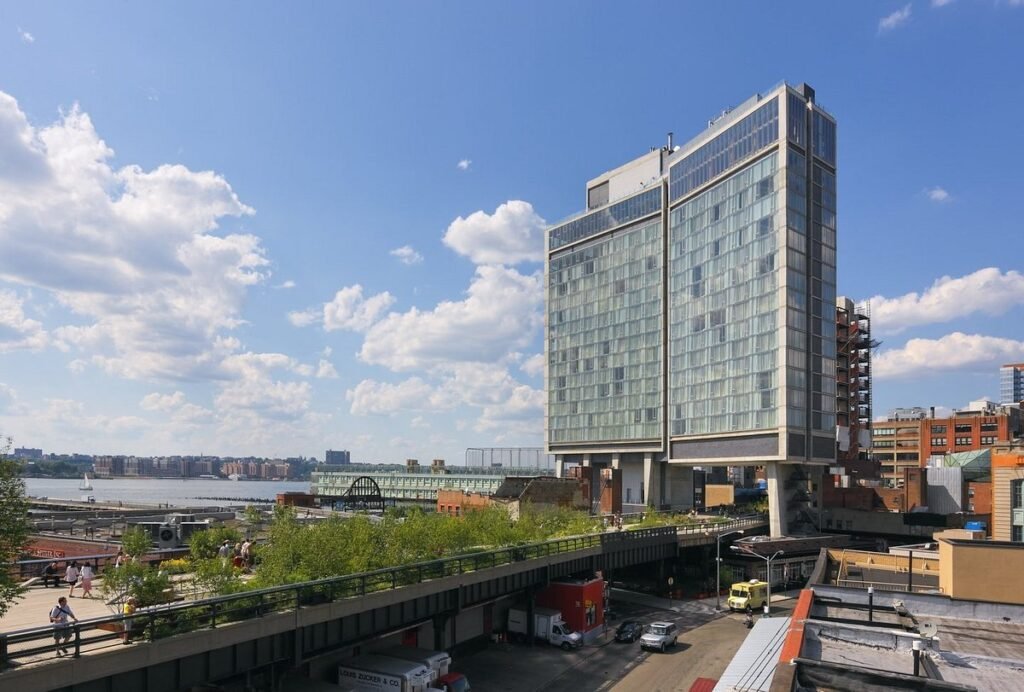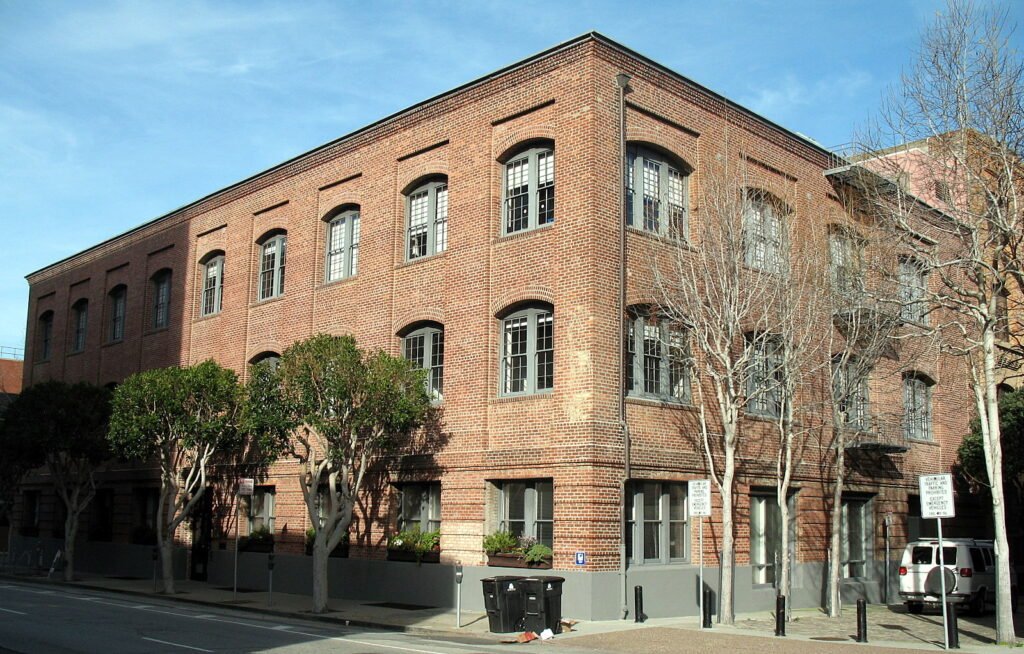The world of architecture is constantly evolving, pushing boundaries and reaching for the sky with magnificent new creations. But alongside these feats of modern design lies a growing trend: adaptive reuse. This approach breathes new life into existing structures, transforming them into something entirely new and exciting.
Brewery in a Converted Church
What is Adaptive Reuse?
Adaptive reuse involves taking a building that has outlived its original purpose and repurposing it for a new function. This can involve anything from converting a church into a brewery to transforming an industrial warehouse into a trendy apartment complex.
Why is Adaptive Reuse Important?
There are numerous benefits to adaptive reuse projects:
- Sustainability: By reusing existing structures, we lessen the need for demolition and new construction. This reduces the environmental impact associated with creating new buildings, including reduced resource consumption and lower carbon footprint.
- Preservation: Adaptive reuse allows us to hold onto a piece of history. These projects can revitalize neighborhoods while preserving the architectural heritage of a community.
- Economic Benefits: Renovating existing buildings can be more cost-effective than constructing new ones. This can stimulate economic growth and create jobs in the construction and design sectors.
- Creativity: Adaptive reuse projects allow for innovative and unexpected design solutions. Architects can transform industrial spaces into art galleries or office buildings into vibrant community centers.
Challenges of Adaptive Reuse
While there are many advantages, adaptive reuse also comes with its own set of challenges:
- Structural limitations: Existing buildings may have limitations in terms of layout, weight capacity, or ceiling height, which can restrict the new function.
- Hidden costs: During renovations, unforeseen structural issues or hazardous materials can be discovered, leading to cost increases.
- Building codes: Bringing older structures up to code may require significant modifications that can be costly and time-consuming.
Examples of Adaptive Reuse Projects Around the World
Here are a few inspiring examples of adaptive reuse projects that showcase the potential of this approach:
The Standard, High Line (New York City, USA): This luxury hotel was once the Art Deco elevator warehouse for the Nabisco factory. The reuse of the original brick facade and beamed ceilings creates a unique blend of historic charm and modern luxury.
The Battery Building (San Francisco, USA):This former battery factory now houses luxury condominiums, retail space, and art studios. The exposed brick walls and industrial elements juxtapose elegantly with modern finishes.
Clink Hostels (Amsterdam, Netherlands):This hostel chain transforms historic buildings into trendy accommodation. One location is housed in a former courthouse, where guests can sleep in converted jail cells.
The Future of Adaptive Reuse
Adaptive reuse is not just a trend; it’s a growing movement that highlights the importance of sustainability, preservation, and creative design. As we move forward, we can expect to see even more innovative and inspiring projects that breathe new life into the structures of our past.
So next time you see an abandoned building, don’t imagine it destined for the wrecking ball. Instead, envision its potential for transformation, a testament to human ingenuity and a celebration of our architectural heritage. Adaptive reuse is not just about giving old buildings a new lease on life; it’s about shaping a more sustainable and vibrant future for our cities.








